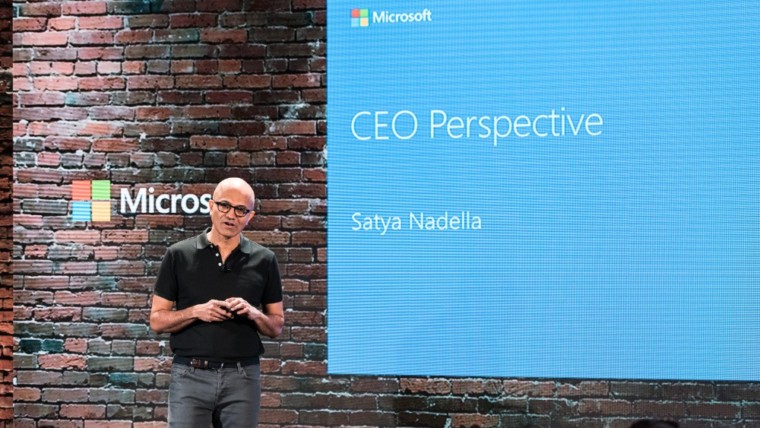Apple stores sold $16 million in merchandise last year, but for the 30,000 store associates making roughly $25,000 a year, it can be challenging to reconcile the vast gap between the two figures. To boost employee morale, take five steps to make your employees feel valued:
- Keep your compensation plans competitive. Apple employees receive $11.25 an hour, which is above the minimum wage of $7.25, but slightly below retailers like Lululemon at $12.00 an hour. Unlike most retailers, though, Apple also provides health care, 401k contributions, and the opportunity to buy Apple stock and products at a discount.
- Create a healthy culture. Despite the high sales expectations, former Apple employees described the culture as fun. Furthermore, Apple provides activities to meet other employees, ongoing training sessions, and opportunities to facilitate group trainings, empowering employees far more than they would be at the average retail job.
- Communicate to your employees as adults. Retail store managers have made a point of empowering employees, but never lose sight of the end goal of delivering a better experience for the customer. Managers repeat this value over and over to employees in a way that elevates daily responsibilities and avoids condescension.
- Make your values clear. Employees know that making money is the result of delighting customers, but not the primary objective. To achieve this mission, retail stores use self-organizing principles and agile methodologies to run teams, and managers measure progress by tracking customer and employee happiness.
- Reflect on cracks in the system. Store managers track employee satisfaction with an internal survey called the NetPromoter for Our People. It’s adapted from a survey long given to customers to rate products, but applied to retail staff. Managers discuss scores lower than a “7” each month, and make plans for re-engaging employees.
Published August 1, 2016








The Evolutionary Edge
Every Link Ever from Our Newsletter
Why Self-Organizing is So Hard
Welcome to the Era of the Empowered Employee
The Power of “What If?” and “Why Not?”
An Adaptive Approach to the Strategic Planning Process
Why Culture/Market Fit Is More Important than Product/Market Fit
Group Decision Making Model: How to Make Better Decisions as a Team